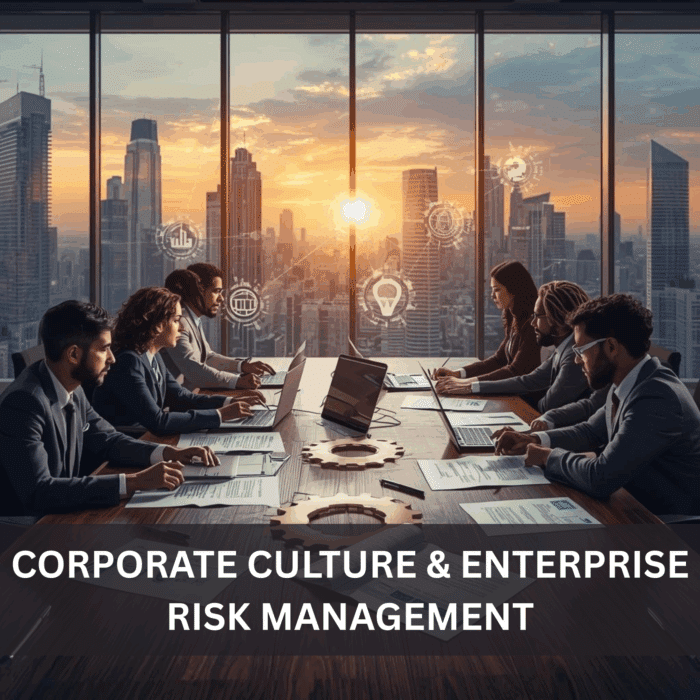
Culture Eats Strategy for Breakfast? Apparently, Peter Drucker wrote it…or may have just said it. Either way, if Drucker were alive today, I would be curious how he would comment on the cultural challenges facing Uber and Wells Fargo. Two unrelated stories appearing in the Wall Street Journal entitled Uber’s Vow to Change (its) Corporate Culture, and Wells Fargo Takes Deep Dive Into Culture, describe different corporate cultural challenges faced by two very different businesses.
UBER’S CORPORATE CULTURE RISKS
Uber’s challenges stem from allegations of sexism and sexual harassment within the corporate ranks, as well as the CEO’s berating of a contract driver that recently surfaced online. As Uber Director Arianna Huffington stated, “there can be no room for brilliant jerks and zero tolerance for anything but respectful behavior.” Uber is known as an environment in which the CEO’s “hard-charging leadership style filters through the company,” and “created a culture where… bad behavior by high performers is often overlooked.” Former US Attorney General, Eric Holder, has been hired to figure it all out.
WELLS FARGO’S CORPORATE CULTURE RISKS
Wells Fargo had admitted it has corporate culture problems only after the news in September that the bank opened 1.2 million accounts using fictitious or unauthorized customer information over a long period of time. And only after William Dudley, President of the New York Federal Reserve Bank has been banging the drum regarding the mismatch between values of banks and the incentives employed. Since September, it has been pretty clear that the culture in Wells Fargo fostered a “bully-like” and unethical culture to generate new revenues. CEO, Timothy Sloan, has stated that the bank has hired outside independent “culture experts” from academia to figure it all out.
The penalties for Wells include a $185 million fine, close to $1.7 billion in estimated legal fees, closing 400 branches, and a $20 billion loss of market cap. The penalties for Uber are not as clear, but Lyft is clearly in Uber’s rear-view mirror. Two different business models. Two different cultures. One is just as toxic as the other.
UBER AND WELLS FARGO NEED BETTER ERM PROCESS
With all of this talk about “culture”, the Institute of Internal Auditors happens to be developing a framework to audit corporate culture. So, how does someone audit corporate culture? The details are forthcoming, but my sources tell me the audit framework is a combination of anonymous surveys that probe the levels of arrogance, political agendas, and ethics, as well as monitoring controls over business practices established by managers and staff….essentially, components of an Enterprise Risk Management (ERM) process.
IS HAVING AN ERM PROGRAM ENOUGH?
The funny thing is – Wells is spending hundreds of millions of dollars on risk management and compliance that isn’t working, and Uber is probably not spending a dime on risk management in business.
Ultimately, the real question isn’t just about having an Enterprise Risk Management (ERM) program; it’s about whether that program is actually working to genuinely reduce risk. Far too many organizations treat ERM as a “check-the-box” exercise—a bureaucratic hoop to jump through for compliance or a rubber stamp to show stakeholders they’re “doing something” about risk. This approach leads to impressive-looking frameworks and extensive documentation that, frankly, gather dust and provide little to no real value. The difference between this superficial approach and a truly effective ERM program is stark.
A functional ERM program isn’t just about identifying risks; it’s about integrating risk considerations into every strategic decision, operational process, and cultural norm within the organization. It means leadership actively champions risk awareness, employees are empowered to escalate concerns without fear of reprisal, and the organization continuously learns from both successes and failures. This isn’t about eliminating all risk—that’s impossible—but about making informed, deliberate choices that align with the organization’s risk appetite and strategic objectives.
When ERM truly works, it becomes a dynamic tool that helps an organization not just survive, but thrive, by proactively anticipating challenges and seizing opportunities with a clearer understanding of potential downsides.
